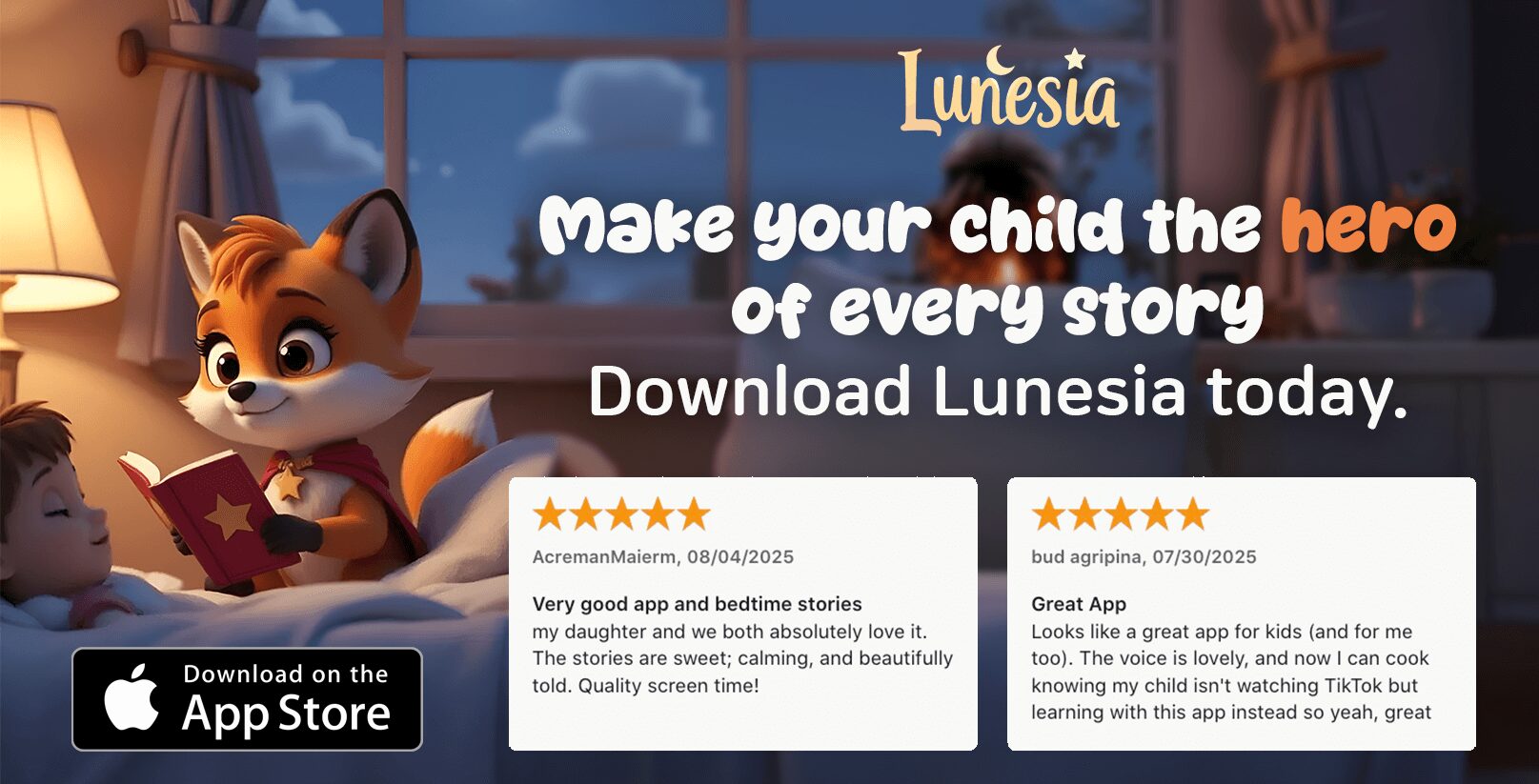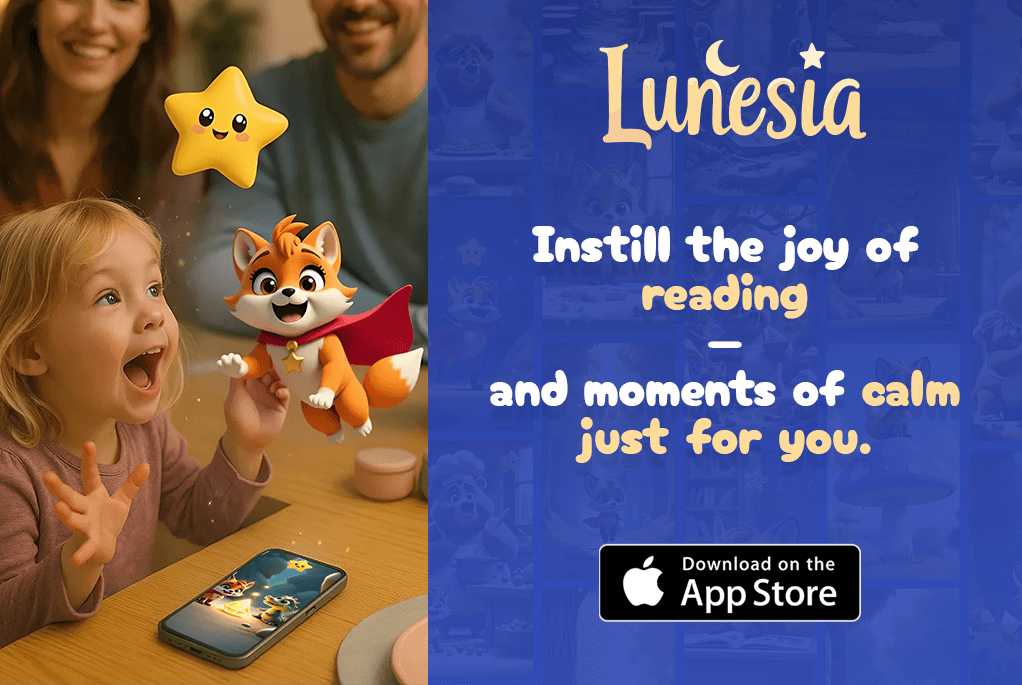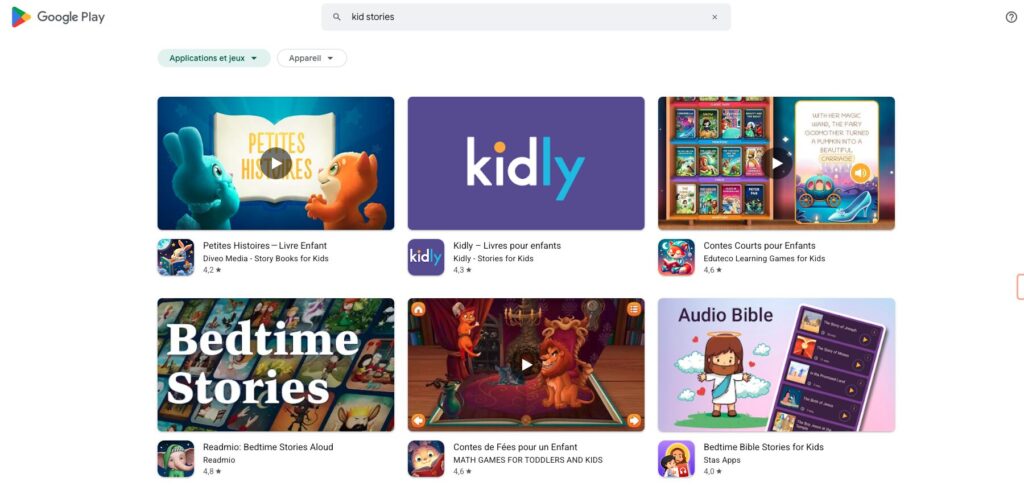I remember the first time I sat down with my little one and opened a picture book. Her eyes lit up as she pointed at the colorful images, trying to name each one. That simple moment wasn’t just about flipping pages—it was the start of a lifelong relationship with reading.
Reading together isn’t just a way to bond; it’s a powerful tool for language development. From naming objects to learning new words, these early interactions build a strong foundation for vocabulary and comprehension. Even a few moments spent with a book can make a big difference.
Research shows that consistent practice helps kids develop essential skills. It’s not just about the number of words they learn but the quality of the time spent together. Whether it’s a bedtime story or a quick session during the day, these moments create lasting connections and set the stage for future success.
Evening Reading: A Gateway to Enhanced Learning
There’s something magical about winding down the day with a good book. It’s not just a calming routine; it’s a powerful way to build essential skills. Evening reading creates an enriched environment where kids can explore and grow.
Building Pre-Literacy and Language Skills
When you open a book with your little one, you’re doing more than sharing a story. You’re helping them develop pre-literacy skills. Simple actions like holding the book, turning pages, and pointing to pictures lay the foundation for future learning.
Reading aloud introduces new vocabulary and helps kids understand sound-letter relationships. This early exposure to words and sounds is crucial for language development. It’s like planting seeds that will grow into strong reading and writing abilities.
The Role of a Nightly Routine in Language Development
Consistency is key. A regular evening routine supports improved language skills. Research shows that sustained reading leads to higher reading comprehension. Familiar stories and interactive questions help kids anticipate what happens next, making the experience both fun and educational.
Repetition is also important. Reading the same book multiple times encourages language fluency. It’s not just about the number of words but the quality of the interaction. These moments create lasting connections and set the stage for future success.
Balancing Quantity with Quality in Reading Time
Setting aside a few moments for stories has become a cherished part of our day. It’s not just about the number of pages or the time spent—it’s about the connection and the joy that comes with it. Research shows that even short, consistent sessions can have a lasting impact.

Understanding Research on Daily Reading
Studies like “The Magic of 15 Minutes” highlight the importance of accumulated reading time. By age five, a child can experience over 54,750 minutes of “brain food” through books. This foundation correlates with long-term academic and life success.
For example, the National Education Association recommends the “10-minute rule” for homework, which scales with grade levels. This approach emphasizes consistency over duration, making it easier to integrate into daily routines.
Quality vs. Quantity in a Reading Routine
While setting a target is helpful, the quality of the interaction matters most. A short, engaging session where the child actively participates can be more beneficial than a longer, passive one. Focus on creating a meaningful experience rather than ticking a box.
Here’s a comparison of value-driven reading versus rote sessions:
| Value-Driven Reading | Rote Sessions |
|---|---|
| Interactive and engaging | Passive and repetitive |
| Encourages curiosity | May lead to disinterest |
| Builds vocabulary and comprehension | Limited learning impact |
Remember, the goal is to foster a love for books. Whether it’s five minutes or thirty, make every moment count by focusing on the connection and the story.
Engaging Strategies for a Successful Reading Routine
Creating a reading routine that works for your family can be both fun and rewarding. It’s not just about picking up a book—it’s about fostering a love for stories and learning. With the right strategies, you can make reading a natural part of your day.
Age-Appropriate Reading Techniques
Every age has its unique needs. For infants, let them explore books by turning pages. Toddlers enjoy pointing at pictures and naming objects. Preschoolers thrive when you ask them to predict what happens next in a story.
Older kids benefit from following along with their finger or discussing the plot. These techniques build vocabulary and comprehension skills. Tailoring your approach ensures that reading remains engaging and effective.
Tips for Active Participation and Story Engagement
Encourage your little one to take an active role. Let them choose the book and share their thoughts. Ask open-ended questions like, “What do you think will happen next?” or “How would you feel in this situation?”
This approach sparks curiosity and critical thinking. It also strengthens their language skills. Active participation makes reading a shared experience rather than a one-sided activity.
Integrating Books into Your Evening Routine
Books can become a calming part of your evening. Pair reading with bath time or bedtime to create a relaxing atmosphere. This consistency helps kids associate books with comfort and joy.
Studies show that families who read together daily build stronger bonds. It’s not just about the time spent—it’s about the connection and learning that happens along the way.
| Strategy | Benefit |
|---|---|
| Let kids choose books | Encourages interest and ownership |
| Ask open-ended questions | Boosts critical thinking and comprehension |
| Incorporate books into routines | Creates consistency and comfort |
Remember, the goal is to make reading a joyful and enriching experience. With these strategies, you’ll nurture a lifelong love for books and learning.
Conclusion
Building a reading habit can transform not just learning but also the bond between you and your little one. Research shows that consistent practice enhances language skills and fosters academic success. It’s not about the length of time but the quality of the interaction that makes the difference.
Tailor your approach to fit your family’s unique rhythm. Whether it’s a favorite story or a new adventure, focus on creating meaningful moments. These small steps can lead to big impacts on your child’s life and learning journey.
What’s your favorite part of your reading routine? Share your experiences and let’s inspire each other to make every page count. Start today—small changes can unlock a world of possibilities.
FAQ
How much time should my kid spend reading each evening?
Aim for about 15 to 20 minutes per day. This helps build vocabulary and comprehension without overwhelming them. Adjust based on their age and attention span.
Why is a nightly reading routine important for language development?
A consistent evening routine strengthens pre-literacy skills, enhances vocabulary, and fosters a love for books. It also creates a calming transition to bedtime.
Should I focus more on the quality or quantity of reading time?
Both matter! While spending 15 to 20 minutes is ideal, the quality of interaction—like discussing the story or asking questions—boosts learning and engagement.
How can I make reading more engaging for my little one?
Use age-appropriate techniques like acting out characters, asking open-ended questions, and letting them choose books. This keeps them excited and involved.
What if my kid struggles with reading comprehension?
Start with simpler texts and gradually increase difficulty. Discuss the story together, and encourage them to predict what happens next. Patience and practice are key.
How can I integrate books into our evening routine?
Set a specific time, like after dinner or before bed, and make it a cozy ritual. Keep a variety of books handy and let them pick their favorites.




